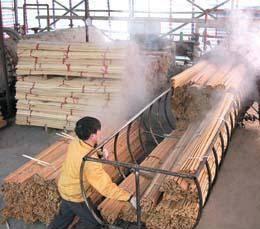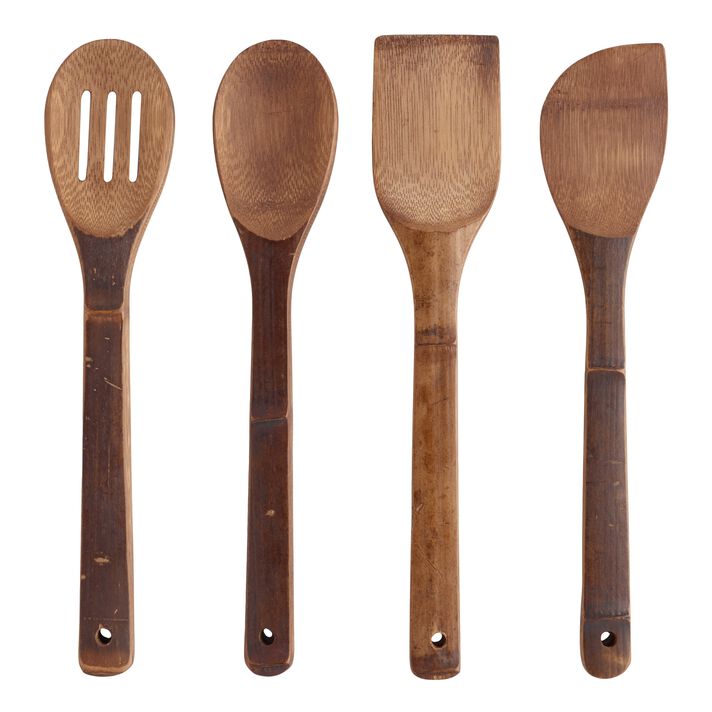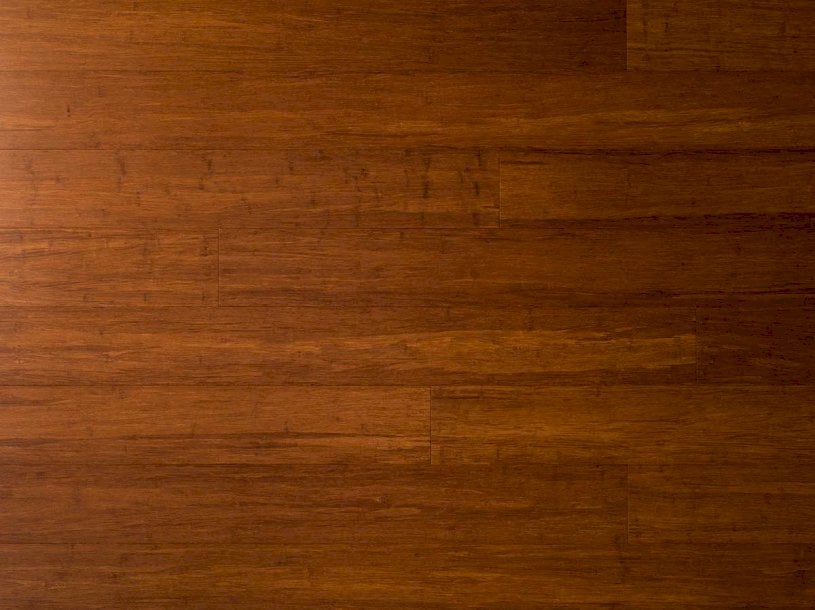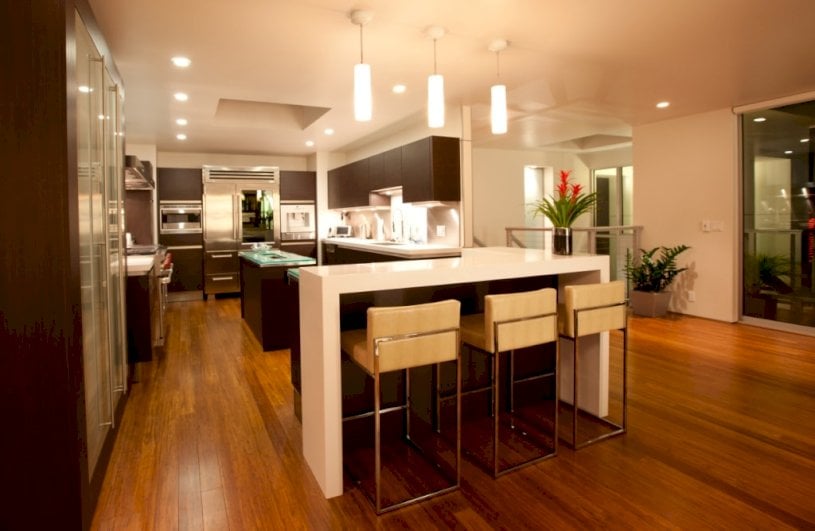Carbonized bamboo refers to bamboo that has undergone carbonization treatment. Carbonization treatment is to heat bamboo fibers to high temperatures under anaerobic conditions. This process changes the physical and chemical properties of bamboo, making the material not only beautiful but also durable and versatile.
One of the main reasons to carbonize bamboo is to improve its strength and durability. Bamboo is known for its strength and flexibility in its natural state. However, through the carbonization process, the bamboo fibers become more compact, making the material harder and more wear-resistant. This enhanced durability makes carbonized bamboo a popular choice for a variety of applications, from flooring and furniture to kitchen appliances and building materials.
The carbonization process involves heating the bamboo to temperatures of 1,800 to 2,200 degrees Fahrenheit in a controlled environment with limited oxygen. The lack of oxygen prevents the bamboo from burning and instead causes the fibers to thermally decompose. This decomposition process causes certain organic compounds to be removed, leaving behind a darker color and altered physical properties.
One noticeable effect of carbonization is a change in color. Natural bamboo has a light color, while carbonized bamboo has a dark, caramel color. This color shift not only adds a sense of sophistication, but also allows for greater design flexibility in a variety of applications. Interior designers and architects often appreciate the warm and inviting aesthetic that carbonized bamboo brings to a space.
In addition to its enhanced durability and attractive color, carbonized bamboo is also more resistant to moisture and insects. Heat treatment eliminates the sugars and starches present in bamboo, making it less attractive to insects. The altered chemical composition also makes carbonized bamboo less susceptible to water damage, making it suitable for environments with fluctuating humidity levels, such as bathrooms and kitchens.
Carbonized bamboo has many uses. One common use is in flooring, where the material’s durability and unique appearance help create an elegant and environmentally friendly flooring option. Furniture manufacturers appreciate carbonized bamboo’s strength and ability to create beautiful designs. Additionally, the material’s moisture resistance makes it an excellent choice for outdoor furniture.
The environmentally friendly properties of bamboo add to the appeal of carbonized bamboo products. Bamboo is a renewable resource that grows quickly and requires minimal pesticides or fertilizers. The carbonization process itself is considered environmentally friendly as it does not involve the use of harmful chemicals. As consumers become more aware of sustainability, carbonized bamboo is becoming a responsible choice in various industries.
In summary, carbonized bamboo is a versatile and environmentally friendly material that undergoes a transformation process to enhance its durability, moisture resistance, and aesthetics. From flooring and furniture to kitchen appliances and building materials, the unique properties of carbonized bamboo make it a popular choice for those who value style and sustainability in their products. As technology and innovation continue to shape the materials we use, carbonized bamboo demonstrates what is possible to transform natural resources into functional and beautiful creations.
Post time: Jan-23-2024









